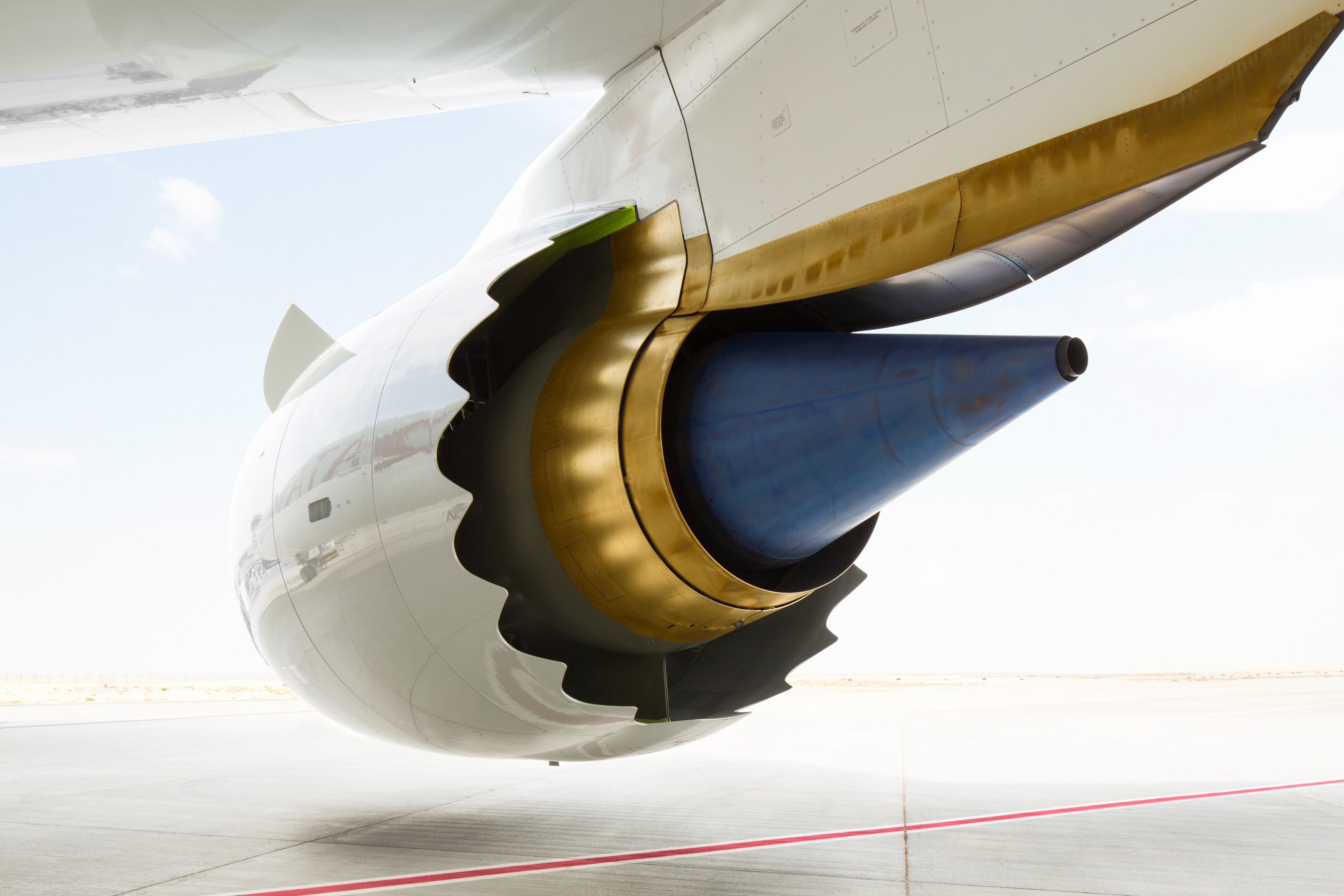Jet engines rank among the most intricate creations in engineering, incorporating advanced materials, solid engineering principles, and meticulous manufacturing processes. The dedication to research, development, mass production, and rigorous testing of these engines is considerable. In this article, we will discuss how much could a jet engine cost.
Commercial jet engine producers typically keep their pricing confidential, but the cost for these modern aviation powerhouses can reach millions of dollars. The price varies based on the engine’s size, design complexity, and functionality. Contemporary engines are built to operate for 20 to 40 years, and this piece sheds light on their estimated market prices.

It’s important to note that the actual prices paid by buyers often diverge significantly from the advertised rates. Due to bulk purchasing agreements and established relationships with manufacturers, customers can secure substantial discounts.
Small-sized Engines

Photo by Rolls-Royce
Piston engines for small general aviation aircraft, like the Cessna 172, are priced from $40,000 to $70,000. These engines, which drive fixed-pitch propellers, offer horsepower comparable to a high-end car engine and are more affordable than their more powerful counterparts. They are typically used in light aircraft that accommodate 2 to 4 passengers.
For larger aircraft, seating 40 to 70 passengers, turboprop engines are needed. These engines provide significantly more horsepower, making them both larger and pricier, with costs ranging from $700,000 to $1.5 million.
Small turbofan engines, used in heavy business jets such as the Gulfstream G650, fall into the price bracket of $1.5 to $3.5 million each. These jets, which generally seat between 18 and 28 passengers, require fuel-efficient engines for long-range missions.
Medium-sized Engines

Medium-sized turbofan engines, including models like the Pratt & Whitney PW1500G and the CFM International LEAP, are distinguished by their larger size and considerably more intricate design and operational capabilities.
These engines, designed to meet the substantial power needs of aircraft carrying 100 to 200 passengers, such as the Airbus A320 and Boeing 737, are priced in the range of $10 to $15 million.
Large-sized Engines

Large engines that equip the biggest commercial airliners, such as the Boeing 777, Airbus A350, and Airbus A380, are notably vast and complex. These engines, designed to meet substantial power demands, are priced between $25 and $45 million. The General Electric GE9X, the largest commercial engine awaiting service on the Boeing 777X, has a staggering price tag of $42 million.
Military engines, due to their specialized design and operational needs, often surpass the cost of commercial jet engines. The prices for military aircraft engines are typically not disclosed, but in June 2022, Raytheon’s Pratt & Whitney secured a Naval Air Systems Command contract worth up to $8 billion to supply engines for 178 F-35 fighter aircraft. This contract suggests an approximate cost of nearly $45 million per engine, highlighting the significant investment in military propulsion technology.
Read Also:
What’s the reason behind the high cost of jet engines?

The high cost of jet engines can be attributed to their intricate designs and extensive testing requirements. These engines need to balance several critical attributes: they must be lightweight, durable, fuel-efficient, and safe, achieving this balance within the constraints of operating at temperatures up to 2,700 degrees Fahrenheit (1,500 degrees Celsius). To withstand these conditions, jet engines are constructed from costly temperature-resistant superalloys.
For comparison, while a ton of carbon steel might cost around $500, a ton of specialized nickel-chromium-based superalloy can reach up to $50,000. Additionally, the need for precise machining and strict tolerances further complicates the manufacturing process, making it both complex and time-consuming.
Safety standards mandate that jet engines undergo rigorous testing, including exposure to extreme environmental and operational conditions in both test cells and on test aircraft, to ensure their reliability and safety before they can be certified for use. During certification, an average turbofan engine is tested for up to 10,000 engine flight cycles (EFC), illustrating the thoroughness required to meet these stringent regulations.
Sources:
- Simple Flying
- Featured Image by GE Aerospace
Read Also:
Youssef Yahya is the CEO and Founder of Aviation for Aviators, a platform dedicated to the aviation industry. With over 3 years of experience as an aviation writer, Youssef is passionate about sharing his insights on aviation, entrepreneurship, and the broader business landscape. As a Teaching Assistant in Entrepreneurship at Nile University, he also nurtures the next generation of entrepreneurs. When he’s not exploring the skies or business ventures, you can find him saying, ‘Drag your coffee, and let’s talk aviation, entrepreneurship, and football.’
You might also like:
- Cathay Pacific Chair and CEO report results from 2022, and expected recovery levels for this year
- Airport interior layout: Boarding Procedures.
- Which Is The Best Airline To Fly Direct From London To New Delhi?
- One of the Weirdest Air Crashes to Ever Happen.
- What are runway names?
Discover more from Aviation for Aviators
Subscribe to get the latest posts sent to your email.

